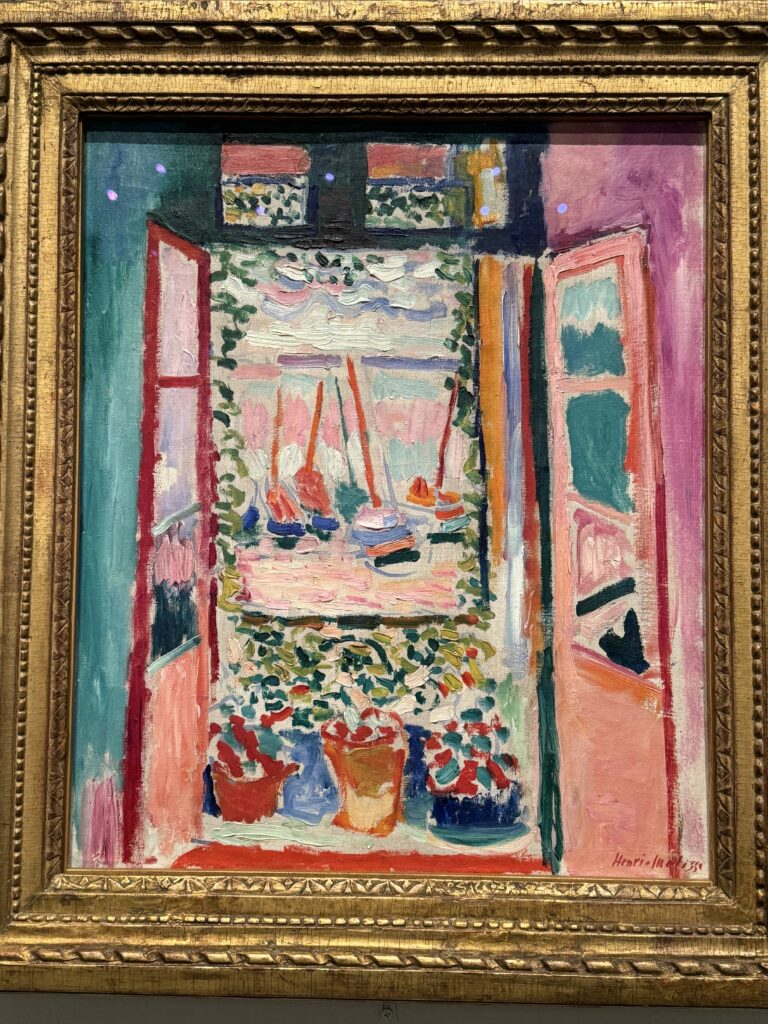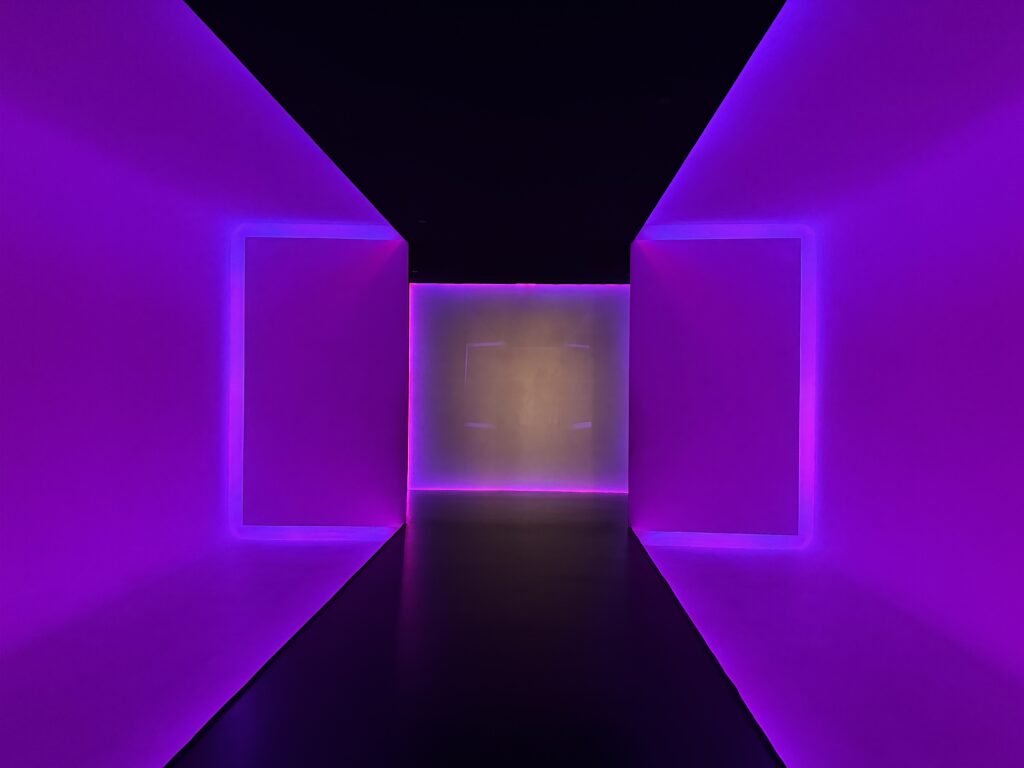The Museum of Fine Arts Houston is hosting a world-class exhibit right now, and it’s not to be missed.
Henri Matisse is a household name, Andre Derain less so. But their personal collaboration in the summer of 1905 resulted in a profusion of brilliantly-coloured works, many of which are on display in Houston. These colour paintings were made in the appropriately named town of Collioure in the south of France. As the excellent catalogue for the exhibit tells us, “That legendary partnership, organized quite by chance, would forever change the course of French painting.”
In the 1940s, Matisse (1869-1954) reflected on his use of colour. “A colour for me is a force. My paintings consist of four or five colours which clash with one another expressively. When I apply green, that does not mean grass. When I apply blue, that does not mean sky. It is their accord or their opposition which opens in the viewer’s mind an illusory space.” In psychology, there is a theory that attempts to explain illusory space perception upon the ground of past experience. It posits that old habits, ideas, and revived images modify and contort the actual sensations aroused by line and figure. It was expressed by these two artists not just in colour, but what the catalogue describes as “a whole repertory of varying brush marks.” The result for both men was the creation of a new style of art dubbed Fauvism, from the French word meaning “wild beast.” In this case the riot was one of colour, not stampeding bison!
On display in Houston are their most sensational canvases. Of these, one of the greatest is The Turning Road, L’Estaque, done by Derain (1880-1954). [Lead photo with this review] The MFAH is lucky to have this amazing work in its own collection! It was a gift of Audrey Jones Beck. It is helpfully paired here with more restricted view of the same scene, titled Bridge over the Riou, in the collection of the Museum of Modern Art, New York. The smaller canvas includes no humans, but the larger one is enlivened by the movement of people and horses. The masterpiece of Fauvism is certainly the highlight of the show.
On the Matisse side, his greatest work here is Open Window, on loan from the National Gallery of Art, Wash D.C. The accompanying display card gives this description. “From the interior walls in cyclamen pink and turquoise green to the staccato-like strokes in the grillwork, geranium pots, and surrounding greenery, to the harbour beyond, where the boats bobbing along the shore are simply referenced in thick, blunt marks of orange and ultramarine, the picture dazzles the eye as if illuminated by a single field of light.”

The repeated and nesting rectangles immediately called to my mind the lighting effects in the tunnels here at the MFAH. Both the Matisse and the tunnel image shown here give a great perspective of depth. In the case of the tunnel, of course, the depth is real, but both delight the eye. And we can each allow them to titillate our senses about encountering whatever is at the far end of our perspective. In the case of the Matisse, it is hopping onto one of the bobbing boats. But we can imagine something more mysterious at the end of the tunnel photo: the inner workings of a human mind that created a painting as startling and seductive as Open Window.

Together with watercolours, drawings and sketches, this is a first-rate art exhibit. This is the 70th anniversary of the death of both artists, and as such it’s especially poignant to see these works. Make sure you see them before the exhibit ends next week.
Visit the website for details: www.mfah.org
Tunnel photo by C. Cunningham
